Although they give you a general description of what a tire can do, it can be difficult to understand exactly what tire codes and descriptions mean. Load specifications are one major area of confusion. Many people ask “What’s the difference between ‘Load Index’ and ‘Load Range’? They’re both an indication of how much weight the tire can handle, right?” Well, yes and no.
Load Range Is Based on ‘Ply Rating’
A tire’s ‘Load Range’ can be found on the tire’s sidewall represented by a letter, usually after the tire size (35X12.50 R17/E for example). This code represents the ability of the tire to hold air and weight; the higher the load range (A→G) the heavier load the tire can carry.
Load range measurement is based upon an older metric called ‘ply rating.’ To understand ply rating we must first understand that tires aren’t made of just rubber; inside the tire, sandwiched within the rubber are cord (metal and fabrics) layers that are called ‘plies. ’ Although tire technology has advanced to the point where the number of plies doesn’t have as much impact on the tire’s ability to withstand heavy loads, tire manufacturers historically used the number of plies in a tire to determine its load range with more plies meaning a higher load range/load capability.
Each letter increment (A to B, B to C, etc.) meant the addition of two more plies, so a tire with Load Range A had two plies, while a Load Range E tire had ten. Today, a Load Range A tire is said to have the equivalent of two plies and a Load Range C has the equivalent of six. That Load Range C tire these days probably only has one or two plies though, thanks to technology.
Modern tires, especially those designed for commercial use may have an alphanumeric Load Range classification such as C1 or C2. The C still means the tire has the strength of a six ply tire and the number denoted the tire’s max pressure rating. A C1 tire can support the same weight as a C2 tire where the C1’s max pressure rating is 50 PSI and the C2’s pressure is cut to 35.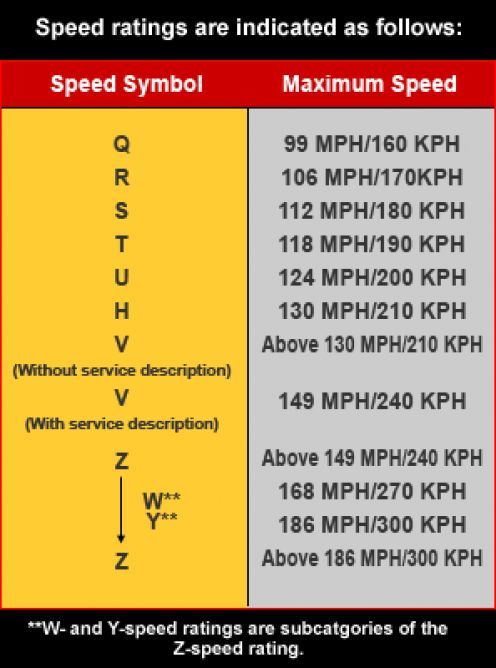 A tire with the numeric suffix 1 will always have a higher max inflation pressure than the same load rating with the suffix 2. See chart below for Light Truck tires1.
A tire with the numeric suffix 1 will always have a higher max inflation pressure than the same load rating with the suffix 2. See chart below for Light Truck tires1.
Light Truck Load Ratings
| Load Range | Ply Rating | Max Tire Pressure (PSI) @ Max Load |
| C1 | 6 | 50 |
| C2 | 6 | 35 |
| D1 | 8 |
65 |
| D2 | 8 | 50 |
| E1 | 10 | 80 |
| E2 | 10 | 65 |
| F1 | 12 | 95 |
| G | 14 | 110 |
|
|
|
|
1 Passenger tires are unmarked and considered to have a four ply rating and may be marked either standard load (SL) with a max inflation pressure of 36 PSI or Extra Load (XL) with a maximum inflation pressure of 42 PSI at maximum rated load.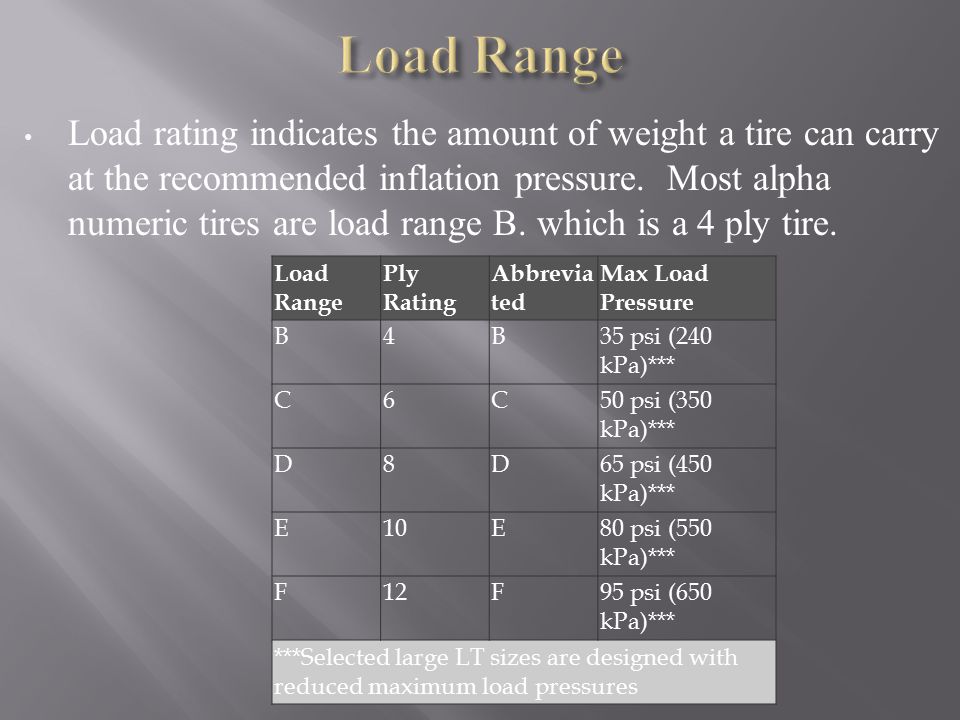
Load Index Indicates a Tire’s Maximum Carrying Capacity
With the almost obsolescence of the Load Range/Ply Rating metric, tire makers have begun using a new measurement system known as Load Index. Load Index is a numerical system that indicates a tire’s maximum load carrying capacity at the maximum inflation pressure. Load index values range from a low of 70 to a high of 110 for passenger cars. This index goes to zero (0) to incorporate smaller tires for wheelbarrows, trailers, riding lawn mowers, etc. See the chat below.
Load Index and Carrying Capacity
|
Dan the Tire Man would be happy to help you with any questions you may still have about tire Load Range and Load Index and which tire would be a perfect fit for your vehicle and driving style.
Calculate Out-The-Door Price
close
When the super smart engineers designed and built your car, they crunched some numbers and determined exactly how much weight it could carry safely based on the right tire size and pressure. This is what we call the “tire load index.” The tires that come on your vehicle will have the proper load index, so stick to that number or higher when you purchase new tires. You can also check the vehicle’s manual to find the recommended tire size and load rating.
The tire load index tells you how much weight your tire can carry, and overloading your tires is never a good idea! When you put too much weight on your tires, you can cause damage and wear them down prematurely. Even worse, you run the risk of experiencing a tire blowout. Imagine trying to carry a box full of cement blocks.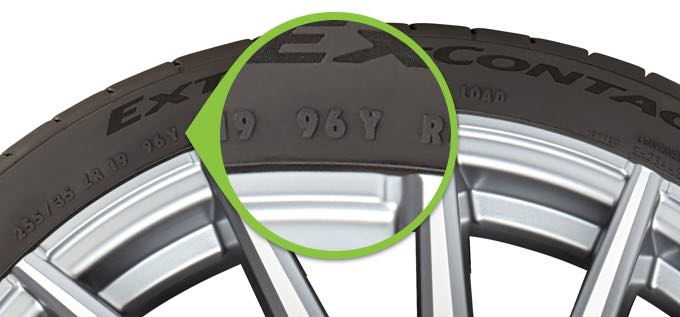 Just like your legs would buckle under the weight, your tires can completely give out if they’re overloaded.
Just like your legs would buckle under the weight, your tires can completely give out if they’re overloaded.
The tire load index lets you know the load carrying capacity of a tire. In other words, it’s the amount of weight your tire can support safely.
For example, if a tire has a load index of 92, it can support 1,389 pounds at maximum air pressure. Multiply that by four tires (4 x 1,389 = 5,556 pounds) to get your car’s maximum load carrying capacity. Never install tires with a lower load carrying capacity than the original tires that were factory installed on your vehicle.
| Load- Carrying Capacity Index Ratings | |||||
|---|---|---|---|---|---|
| Load Index | Load (lbs) | Load Index | Load (lbs) | Load Index | Load (lbs) |
| 0 | 99 | 50 | 419 | 100 | 1764 |
| 1 | 102 | 51 | 430 | 101 | 1819 |
| 2 | 105 | 52 | 441 | 102 | 1874 |
| 3 | 107 | 53 | 454 | 103 | 1929 |
| 4 | 110 | 54 | 467 | 104 | 1984 |
| 5 | 114 | 55 | 481 | 105 | 2039 |
| 6 | 117 | 56 | 494 | 106 | 2094 |
| 7 | 120 | 57 | 507 | 107 | 2149 |
| 8 | 123 | 58 | 520 | 108 | 2205 |
| 9 | 128 | 59 | 536 | 109 | 2271 |
| 10 | 132 | 60 | 551 | 110 | 2337 |
| 11 | 136 | 61 | 567 | 111 | 2403 |
| 12 | 139 | 62 | 584 | 112 | 2469 |
| 13 | 143 | 63 | 600 | 113 | 2535 |
| 14 | 148 | 64 | 617 | 114 | 2601 |
| 15 | 152 | 65 | 639 | 115 | 2679 |
| 16 | 157 | 66 | 639 | 116 | 2756 |
| 17 | 161 | 67 | 677 | 117 | 2833 |
| 18 | 165 | 68 | 694 | 118 | 2910 |
| 19 | 171 | 69 | 716 | 119 | 2998 |
| 20 | 176 | 70 | 739 | 120 | 3086 |
| 21 | 182 | 71 | 761 | 121 | 3197 |
| 22 | 187 | 72 | 783 | 122 | 3307 |
| 23 | 193 | 73 | 805 | 123 | 3417 |
| 24 | 198 | 74 | 827 | 124 | 3527 |
| 25 | 204 | 75 | 852 | 125 | 3638 |
| 26 | 209 | 76 | 882 | 126 | 3748 |
| 27 | 215 | 77 | 908 | 127 | 3858 |
| 28 | 220 | 78 | 937 | 128 | 3968 |
| 29 | 227 | 79 | 963 | 129 | 4079 |
| 30 | 234 | 80 | 992 | 130 | 4189 |
| 31 | 240 | 81 | 1019 | 131 | 4289 |
| 32 | 247 | 82 | 1047 | 132 | 4409 |
| 33 | 254 | 83 | 1074 | 133 | 4541 |
| 34 | 260 | 84 | 1102 | 134 | 4674 |
| 35 | 267 | 85 | 1135 | 135 | 4806 |
| 36 | 276 | 86 | 1168 | 136 | 4938 |
| 37 | 282 | 87 | 1201 | 137 | 5071 |
| 38 | 291 | 88 | 1235 | 138 | 5203 |
| 39 | 300 | 89 | 1279 | 139 | 5357 |
| 40 | 309 | 90 | 1323 | 140 | 5512 |
| 41 | 320 | 91 | 1356 | 141 | 5677 |
| 42 | 331 | 92 | 1389 | 142 | 5842 |
| 43 | 342 | 93 | 1433 | 143 | 6008 |
| 44 | 353 | 94 | 1477 | 144 | 6173 |
| 45 | 364 | 95 | 1521 | 145 | 6393 |
| 46 | 375 | 96 | 1565 | 146 | 6614 |
| 47 | 386 | 97 | 1609 | 147 | 6779 |
| 48 | 397 | 98 | 1653 | 148 | 6844 |
| 49 | 408 | 99 | 1709 | 149 | 7165 |
| 150 | 7385 | ||||
As you can tell, the tire load index is massively important when you’re shopping for new tires.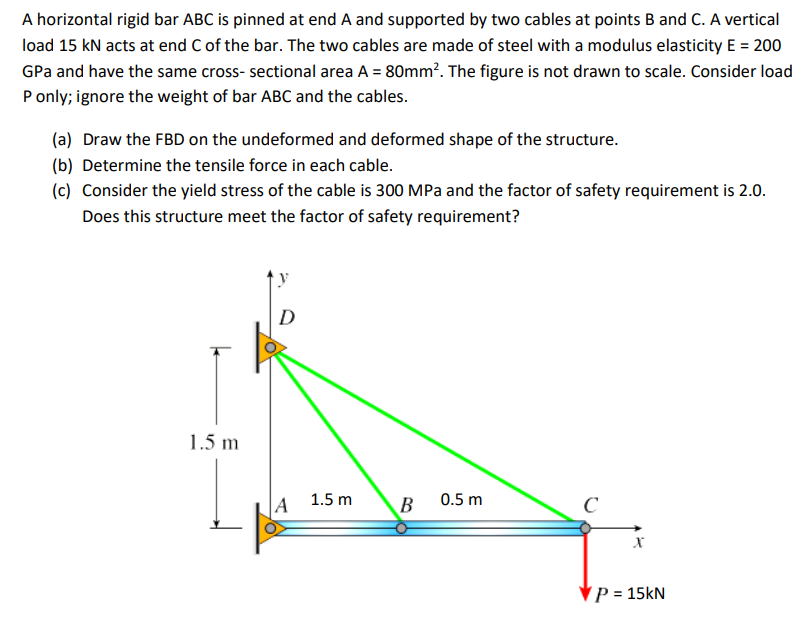 When it’s time to select new tires for your vehicle, you must select tires that can support your car’s Gross Vehicle Weight Rating (GVWR). This number can be found in the owner’s manual. To determine if a set of tires will work on your particular car, use the tire load index chart to see how many pounds each tire can support. Multiply that by four (since your vehicle will use four tires). As long as that number is greater than the GVWR of your vehicle, those tires should work. If you think that sounds like a lot of math, don’t worry. Sit back, relax, and let the expert of Tires Plus do the hard work for you. Schedule your appointment for brand new tires today!
When it’s time to select new tires for your vehicle, you must select tires that can support your car’s Gross Vehicle Weight Rating (GVWR). This number can be found in the owner’s manual. To determine if a set of tires will work on your particular car, use the tire load index chart to see how many pounds each tire can support. Multiply that by four (since your vehicle will use four tires). As long as that number is greater than the GVWR of your vehicle, those tires should work. If you think that sounds like a lot of math, don’t worry. Sit back, relax, and let the expert of Tires Plus do the hard work for you. Schedule your appointment for brand new tires today!
{{storeNumber}}
{{storeName}}
{{link-icon "Call Us" mobileCallLink null "call-cta"}} {{link-icon "Directions" directions "_blank" "directions-cta"}}
{{address}}
{{city}}, {{state}} {{zip}}
{{#if activeFlag}} {{#ifCond mystore "or" myPreferredStore}} {{#ifCond storeType 'eq' "TPL"}}
*Call store for appointment {{phone}}
{{else}} {{#if onlineAppointmentActiveFlag }}
{{#if myPreferredStore}}
{{else}}
*Call store for appointment {{phone}}
{{/if}} {{/ifCond}} {{else}} {{#ifCond storeType 'eq' "TPL"}}
*Call store for appointment {{phone}}
{{else}}
Schedule Appointment {{#if onlineAppointmentActiveFlag}} {{else}}
*Call store for appointment {{phone}}
{{/if}}
{{/ifCond}} {{/ifCond}} {{else}}
*Temporarily Closed Due To: {{temporarilyClosedReason}}
{{/if}} {{#if isMilitaryStore}}
*This location is on an active US military base. You may need military ID to access the location.
You may need military ID to access the location.
{{/if}}
{{#ifCond count 'eq' "3"}} Show More Stores {{/ifCond}}
Contents:
The selection of tires is carried out taking into account a number of parameters - their diameter, width, and profile height must be taken into account; in addition, the speed index and the load index are of no small importance. The manufacturer always indicates these indicators on the sidewall. What they mean will be discussed below.
The value corresponds to the maximum permissible speed at which tires of this type can be operated.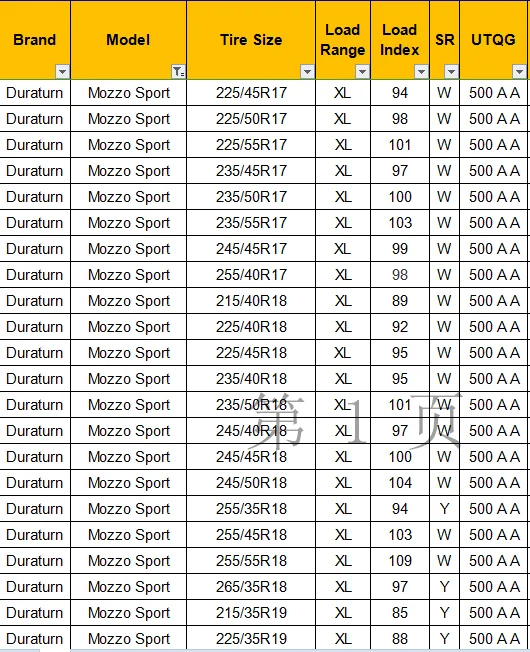 Accordingly, if a motorist plans to drive at a higher speed, it makes sense to think about buying tires with a higher index value.
Accordingly, if a motorist plans to drive at a higher speed, it makes sense to think about buying tires with a higher index value.
| Index | K | L | M | N | P | Q | R | S | T | U | H | V | VR | W | Y | ZR |
| Max. speed, km/h | 110 | 120 | 130 | 140 | 150 | 160 | 170 | 180 | 190 | 200 | 210 | 240 | >210 | 270 | 300 | >240 |
For example, if the tire has a mark that the speed index corresponds to the letter V, then this indicates that it is strongly not recommended to drive on these tires at a speed of more than 240 km / h.
This is a no less significant parameter, which, in contrast to the value discussed above, is indicated by a number. In the tire label, the load index factor follows the tire diameter.
For example, a value of 91 indicates that the maximum allowable load per tire cannot exceed 615 kg. Accordingly, the total load calculated on 4 wheels should not exceed 2460 kg. The complete load index table contains coefficient values from 1 to 279. For 13-inch passenger tires, the load index can be, for example, 75. And for R20 wheels, this coefficient will reach 120.
Load index table
Of course, the given load value does not mean that if it is exceeded, the tire will immediately be torn to pieces. A short-term excess of 20-30% is acceptable, but this should not become a habit.
According to EU regulations (ECE-R54), all tires that are planned to be used for commercial vehicles must be marked with a "Service Description" (translated as "Operating Conditions").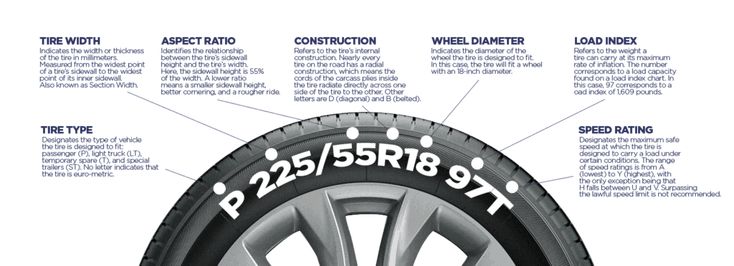 It is a special code next to the tire size, which carries information about the load index calculated for single and dual wheels (as an option - 102/100R).
It is a special code next to the tire size, which carries information about the load index calculated for single and dual wheels (as an option - 102/100R).
The information must be recorded on both sidewalls of the tire. The 1st digit indicates the load capacity of the tire in the case of a single installation - the 2nd corresponds to the level of the maximum load on one tire with twin wheels. Additional markings are used to indicate the corresponding tire loads at higher speeds. Additional markings are always circled.
205 - the width of the tire profile, indicated in mm. In this case - 205 mm .
55 - the value of the height of the tire profile in%, determined from its width. In the situation under consideration - 55% of 205 mm will be equal to = 112.75 mm.
Given that the tire profile is a relative value, the following point must be taken into account when selecting rubber: if instead of size 205/55 R16 want to install tires with size 215/55 R16 , then not only the width of the tire will increase, but also its height! Such a situation is in most cases unacceptable (the only exception is the situation in which both sizes are given in the car's operating book).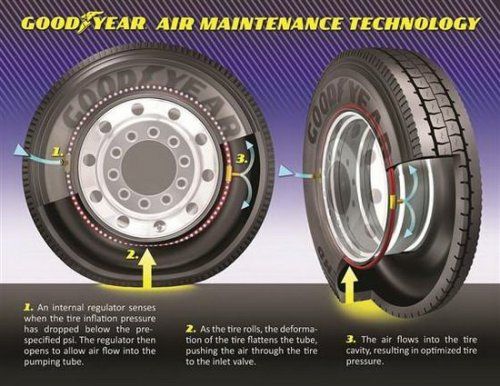 If this ratio is not given (as an option - 185 / R14С ), then this means that its value is 80-82%, and the tire is considered full profile. Reinforced tires with this marking are most often used on minibuses and light trucks - in these vehicles, the maximum allowable wheel load is of great importance.
If this ratio is not given (as an option - 185 / R14С ), then this means that its value is 80-82%, and the tire is considered full profile. Reinforced tires with this marking are most often used on minibuses and light trucks - in these vehicles, the maximum allowable wheel load is of great importance.
R - characterizes the design of the tire. In the situation under consideration, the tire is radial - the design determines the location of the carcass cord threads.
It is completely wrong to assume that the designation R indicates the radius of the tire. The symbol refers solely to its radial construction. There is also a diagonal design (it corresponds to the letter D ), but today almost no one produces it. Reason: poor performance.
16 - the value of the diameter of the wheel (disk), indicated in inches. This diameter for the tire is internal, for the disk it is external. That is why it is called "landing".
94 - load index (it was already mentioned above). The interpretation of the most commonly used coefficients is given in the table of load indices. Often, the load is decoded on the tire itself: two numbers follow the Max Load inscription - the first in kg, the second in pounds.
The interpretation of the most commonly used coefficients is given in the table of load indices. Often, the load is decoded on the tire itself: two numbers follow the Max Load inscription - the first in kg, the second in pounds.
H - tire speed index. Please note that with this parameter, the tire manufacturer guarantees the normal operation of the rubber when the vehicle is driven non-stop at the specified speed for several hours. The decoding is given in the speed index table.
XL - this characteristic indicates that the tire is reinforced. Its load index is 3 units higher than conventional tires of the same size.
Separately, it is necessary to mention the RunFlat technology, which provides for the strengthening of the sides of the tire. As a result of damage, such a tire does not deflate and sag under the weight of the car, but allows you to drive a certain distance at a certain speed even after a complete loss of pressure. Those. The wheels are provided with additional protection.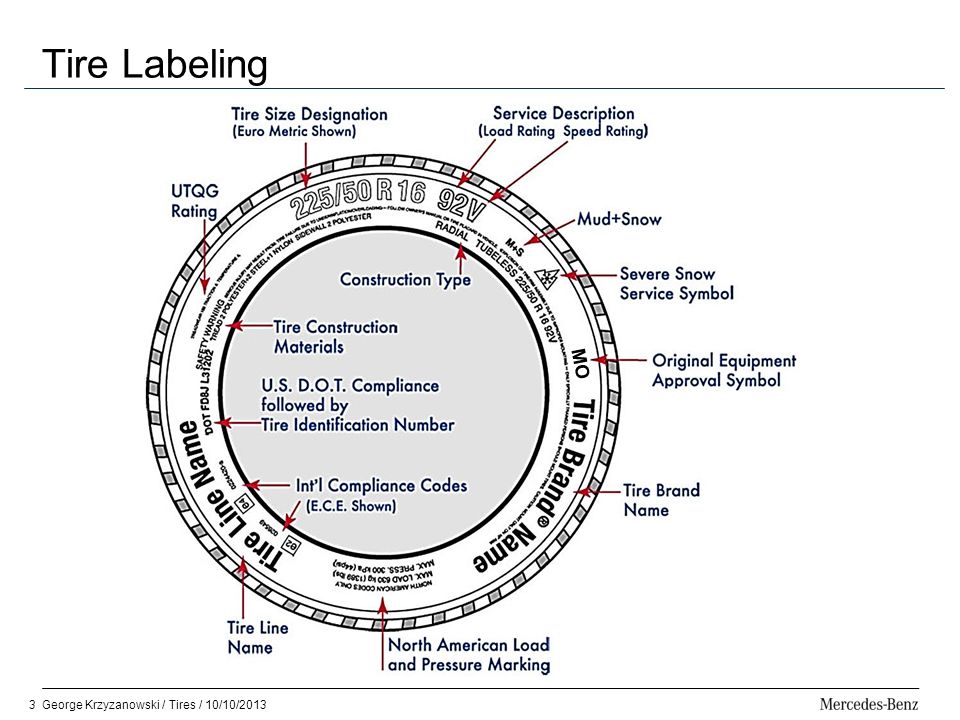 This quality is marked on tires in different ways - RSC, MOE, AOE - depending on the brand of car.
This quality is marked on tires in different ways - RSC, MOE, AOE - depending on the brand of car.
In addition to the above symbols in the form of letters and numbers, important information is indicated on the tires through colored labels. Below is an interpretation of each of them.
Apply in the lightest part of the tire. When installing a new tire on a rim, the yellow mark should be aligned with the heaviest part of the rim (easy to identify - it always corresponds to the nipple attachment point).
The label makes it possible to optimize the wheel balance and use lighter weights. On used tires, the yellow marking is no longer relevant - tire wear leads to a shift in its balance.
It has the appearance of a red dot on the tire and indicates the location of the maximum deviation of the radial force. At this point, the tire has the largest radius due to the greater number of layers and it is the most rigid. Inhomogeneity of tire plies is normal during tire manufacture.
Inhomogeneity of tire plies is normal during tire manufacture.
The red dot on the tires during installation must match the white dot on the rims (note that both marks are placed on the original car tires). The white dots on the rims indicate the location closest to the center of the wheel. Alignment of the red dot on the tires and the white dot on the rims is recommended to reduce the effect of maximum heterogeneity in the tire. So it is possible to provide a better balance of the power characteristics of the wheel. In conventional tire fitting, one should not attach great importance to the red mark - it is better to focus on the yellow mark, combining it with the nipple.
Corresponds to the individual number of the inspector conducting the final inspection of the tire at the manufacturing plant. The stamp can also be of other colors, this does not change the meaning of the label.
These designations are applied to the tire tread for easy identification of the tire in stock. For tires of all models and different sizes, this marking is different. There is no single unification of the application of colored stripes. Details on the marking of certain colors on tires are prescribed in the manufacturer's specifications, and can also be indicated on its official website.
For tires of all models and different sizes, this marking is different. There is no single unification of the application of colored stripes. Details on the marking of certain colors on tires are prescribed in the manufacturer's specifications, and can also be indicated on its official website.
Colored stripes make it easy to identify the size and model of a single stack of tires stacked in a warehouse. The semantic load of color bars on the bus is unambiguous.
The letter C in the tire marking means that the tires are “reinforced” (added up to 8 reinforcing layers), with a large load factor.
The letter E, circled - compliance with European standards.
DA (stamped) - Minor manufacturing defects, which do not interfere with normal operation.
DOT - compliance with US quality standards.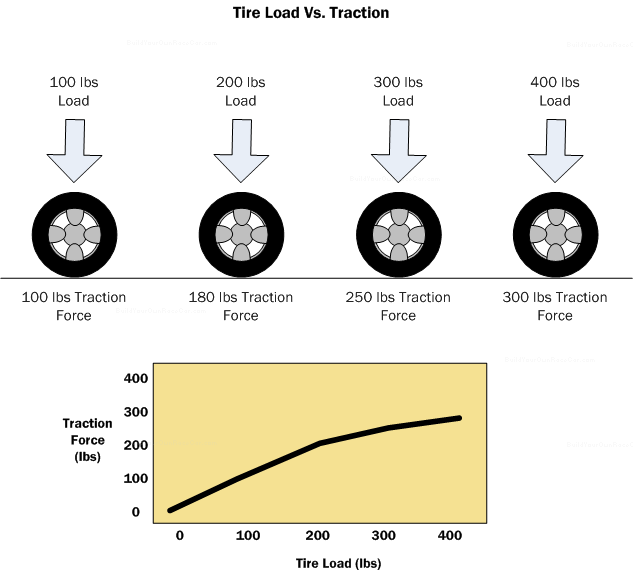
M + S (mud and snow) - the designation indicates that the tires are all-weather. The designation AS and All seasons are interpreted in the same way.
The snowflake design indicates that the rubber can be used in the most severe winter conditions. In its absence, the tire can only be used in the warm season and in the absence of a large amount of precipitation.
Made in Finland - country of origin.
MaxLoad - the maximum permissible load based on each wheel of the machine, in kg.
Max Pressure - the maximum allowable pressure level in the tire, in kPa.
Outside or Side Facing Out and Inside or Side Facing Inwards - indicates tire asymmetry. It is necessary to install with the Outside inscription outward, and the Inside inscription - inward.

Sidewall - composition of the sidewall layer
Tubeless - tubeless tire. If this inscription is not present, then it is possible to use a tire only with a camera.
TubeType - indicates the possibility of operation with a camera only.
Steel - indicates the presence of a metal cord in the tire.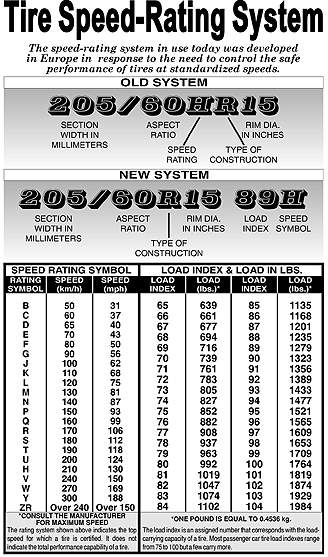
TWI - tread wear indicator specifications. The TWI marking can also be marked with an arrow. Pointers are distributed evenly in 8 or 6 places around the entire circumference of the tire. They indicate the lowest possible tread depth.
Umbrella image - indicates rain tires.
This characteristic is indicated in the form of 4 digits (as an option - 2516). Here, the first 25 is the week of manufacture, the last 16 is the year (so the tire was manufactured in June 2016).
What does SUV mean on tires How to store wheels on rims in a garage like the speed index.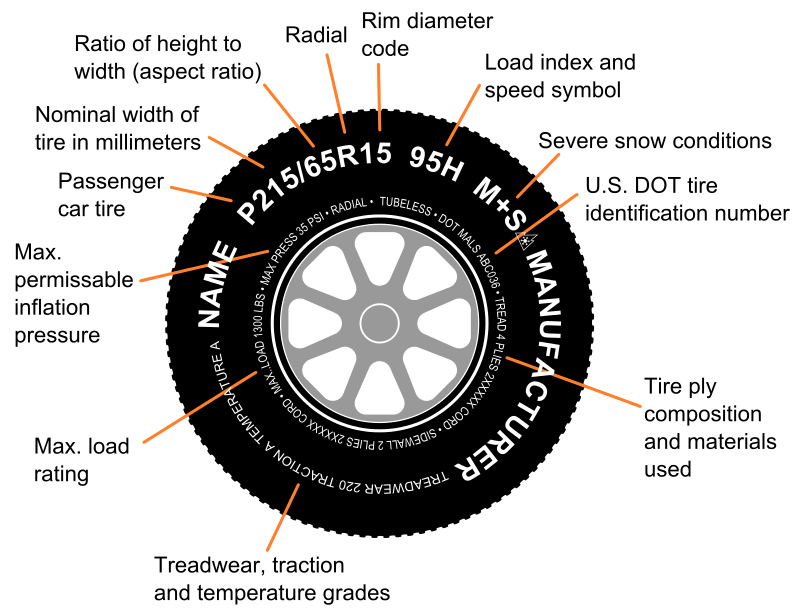 Directly related to this indicator is another equally important characteristic of a car tire - the load index.
Directly related to this indicator is another equally important characteristic of a car tire - the load index.
What are tire load and speed indexes, how are they determined in tests and can they be calculated for a specific vehicle and individual driving style? What is the relationship between these parameters and are there any features of their determination when deciphering tire markings? Answers to these and other questions related to the labeling and use of car tires can be useful for novice and experienced drivers.
And so, it is better to start determining the load and speed indices of tires from the first parameter, because they are closely interconnected.
The load index is the maximum allowable (limit) load on the tire (measured in kilograms) when driving at the maximum allowable (limit) speed at a given tire pressure. In other words, it shows how much load each tire can withstand at maximum speed. At the same time, we should not forget that the load on the wheel is determined not only by passengers and the cargo carried, but also by the weight of the car itself.
Sometimes you can find other names: load factor or tire load index, but in the Russian-language literature, this formulation is considered generally accepted: load index.
In the tire marking, the load index immediately follows the dimension and is indicated by a number from 0 to 279. A special table is usually used to decipher it.
| Tire load index | Permissible load, kg | Load index | Permissible load, kg |
| 0 | 45 | 140 | 2500 |
| 1 | 46.2 | 141 | 2575 |
| 2 | 47.5 | 142 | 2650 |
| 3 | 48.7 | 143 | 2725 |
| 4 | 50 | 144 | 2800 |
| 5 | 51.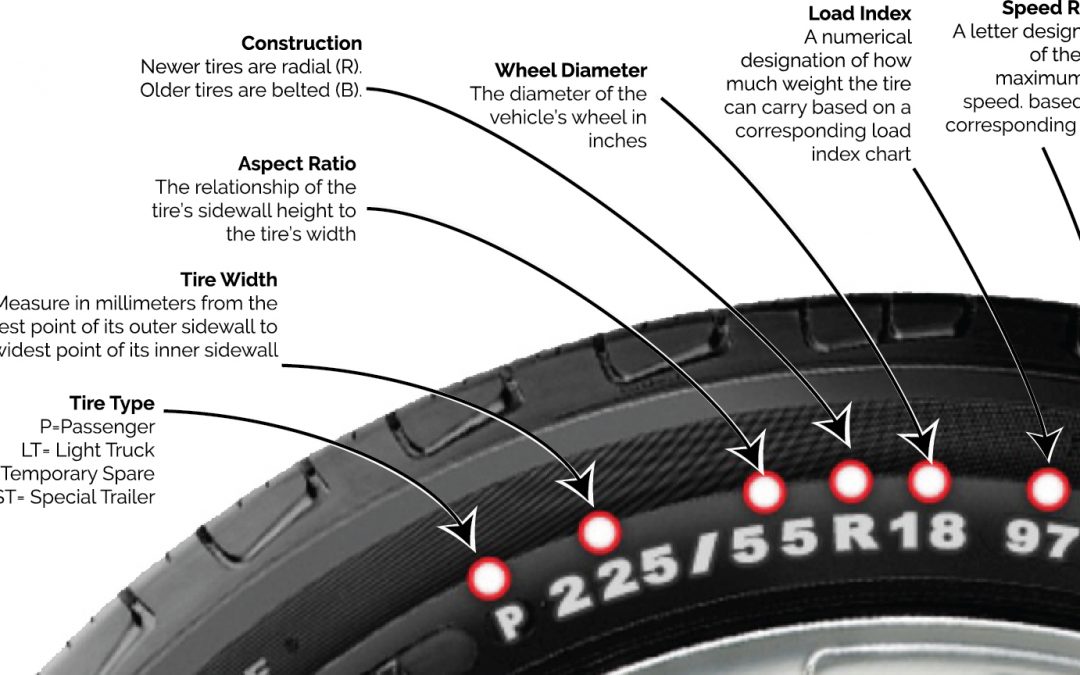 5 5 | 145 | 2900 |
| 6 | 53 | 146 | 3000 |
| 7 | 54.5 | 147 | 3075 |
| 8 | 56 | 148 | 3150 |
| 9 | 58 | 149 | 3250 |
| 10 | 60 | 150 | 3350 |
| 11 | 61.5 | 151 | 3450 |
| 12 | 63 | 152 | 3550 |
| 13 | 65 | 153 | 3650 |
| 14 | 67 | 154 | 3750 |
| 15 | 69 | 155 | 3875 |
| 16 | 71 | 156 | 4000 |
| 17 | 73 | 157 | 4125 |
| 18 | 75 | 158 | 4250 |
| 19 | 77.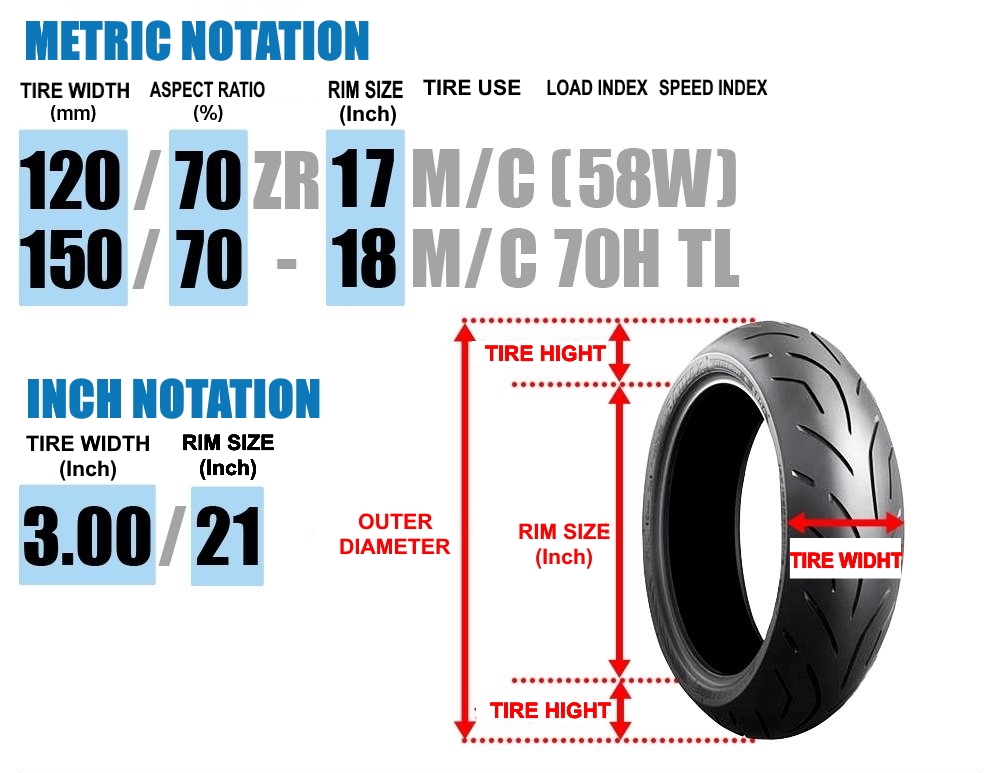 5 5 | 159 | 4375 |
| 20 | 80 | 160 | 4500 |
| 21 | 82.5 | 161 | 4625 |
| 22 | 85 | 162 | 4750 |
| 23 | 87.5 | 163 | 4875 |
| 24 | 90 | 164 | 5000 |
| 25 | 92.5 | 165 | 5150 |
| 26 | 95 | 166 | 5300 |
| 27 | 97 | 167 | 5450 |
| 28 | 100 | 168 | 5600 |
| 29 | 103 | 169 | 5800 |
| 30 | 106 | 170 | 6000 |
| 31 | 109 | 171 | 6150 |
| 32 | 112 | 172 | 6300 |
| 33 | 115 | 173 | 6500 |
| 34 | 118 | 174 | 6700 |
| 35 | 121 | 175 | 6900 |
| 36 | 125 | 176 | 7100 |
| 37 | 128 | 177 | 7300 |
| 38 | 132 | 178 | 7500 |
| 39 | 136 | 179 | 7750 |
| 40 | 140 | 180 | 8000 |
| 41 | 145 | 181 | 8250 |
| 42 | 150 | 182 | 8500 |
| 43 | 155 | 183 | 8750 |
| 44 | 160 | 184 | 9000 |
| 45 | 165 | 185 | 9250 |
| 46 | 170 | 186 | 9500 |
| 47 | 175 | 187 | 9750 |
| 48 | 180 | 188 | 10000 |
| 49 | 185 | 189 | 10300 |
| 50 | 190 | 190 | 10600 |
| 51 | 195 | 191 | 10900 |
| 52 | 200 | 192 | 11200 |
| 53 | 206 | 193 | 11500 |
| 54 | 212 | 194 | 11800 |
| 55 | 218 | 195 | 12150 |
| 56 | 224 | 196 | 12500 |
| 57 | 230 | 197 | 12850 |
| 58 | 236 | 198 | 13200 |
| 59 | 243 | 199 | 13600 |
| 60 | 250 | 200 | 14000 |
| 61 | 257 | 201 | 14500 |
| 62 | 265 | 202 | 15000 |
| 63 | 272 | 203 | 15500 |
| 64 | 280 | 204 | 16000 |
| 65 | 290 | 205 | 16500 |
| 66 | 300 | 206 | 17000 |
| 67 | 307 | 207 | 17500 |
| 68 | 315 | 208 | 18000 |
| 69 | 325 | 209 | 18500 |
| 70 | 335 | 210 | 19000 |
| 71 | 345 | 211 | 19500 |
| 72 | 355 | 212 | 20000 |
| 73 | 365 | 213 | 20600 |
| 74 | 375 | 214 | 21200 |
| 75 | 387 | 215 | 21800 |
| 76 | 400 | 216 | 22400 |
| 77 | 412 | 217 | 23000 |
| 78 | 425 | 218 | 23600 |
| 79 | 437 | 219 | 24300 |
| 80 | 450 | 220 | 25000 |
| 81 | 462 | 221 | 25750 |
| 82 | 475 | 222 | 26500 |
| 83 | 487 | 223 | 27250 |
| 84 | 500 | 224 | 28000 |
| 85 | 515 | 225 | 29000 |
| 86 | 530 | 226 | 30000 |
| 87 | 545 | 227 | 30750 |
| 88 | 560 | 228 | 31500 |
| 89 | 580 | 229 | 32500 |
| 90 | 600 | 230 | 33500 |
| 91 | 615 | 231 | 34500 |
| 92 | 630 | 232 | 35500 |
| 93 | 650 | 233 | 36500 |
| 94 | 670 | 234 | 37500 |
| 95 | 690 | 235 | 38750 |
| 96 | 710 | 236 | 40000 |
| 97 | 730 | 237 | 41250 |
| 98 | 750 | 238 | 42500 |
| 99 | 775 | 239 | 43750 |
| 100 | 800 | 240 | 45000 |
| 101 | 825 | 241 | 46250 |
| 102 | 850 | 242 | 47500 |
| 103 | 875 | 243 | 48750 |
| 104 | 900 | 244 | 50000 |
| 105 | 925 | 245 | 51500 |
| 106 | 950 | 246 | 53000 |
| 107 | 975 | 247 | 54500 |
| 108 | 1000 | 248 | 56000 |
| 109 | 1030 | 249 | 58000 |
| 110 | 1060 | 250 | 60000 |
| 111 | 1090 | 251 | 61500 |
| 112 | 1120 | 252 | 63000 |
| 113 | 1150 | 253 | 65000 |
| 114 | 1180 | 254 | 67000 |
| 115 | 1215 | 255 | 69000 |
| 116 | 1250 | 256 | 71000 |
| 117 | 1285 | 257 | 73000 |
| 118 | 1320 | 258 | 75000 |
| 119 | 1360 | 259 | 77500 |
| 120 | 1400 | 260 | 80000 |
| 121 | 1450 | 261 | 82500 |
| 122 | 1500 | 262 | 85000 |
| 123 | 1550 | 263 | 87500 |
| 124 | 1600 | 264 | |
| 125 | 1650 | 265 | 92500 |
| 126 | 1700 | 266 | 95000 |
| 127 | 1750 | 267 | 97500 |
| 128 | 1800 | 268 | 100000 |
| 129 | 1850 | 269 | 103000 |
| 130 | 1900 | 270 | 106000 |
| 131 | 1950 | 271 | 109000 |
| 132 | 2000 | 272 | 112000 |
| 133 | 2060 | 273 | 115000 |
| 134 | 2120 | 274 | 118000 |
| 135 | 2180 | 275 | 121000 |
| 136 | 2240 | 276 | 125000 |
| 137 | 2300 | 277 | 128500 |
| 138 | 2360 | 278 | 132000 |
| 139 | 2430 | 279 | 136000 |
Most passenger car tires are designed for a narrower load range, so in most cases this table is usually slightly reduced: the load index of tires for cars, crossovers and SUVs varies from 50-62 to 111-126.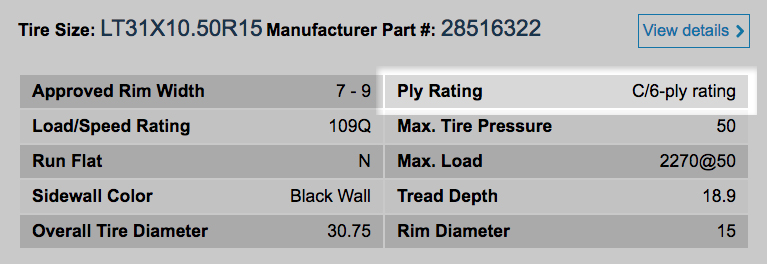
In accordance with the standards developed by the European Tire and Tire Organization (ETRO), two load indexes are allowed for each tire size: standard and increased. The difference between these indicators does not exceed 10%. An increased load index must be accompanied by an explanatory inscription when marking: reinforced, XL or extraload.
Sometimes motorists believe that an increased load index provides increased strength characteristics of the tire, in particular its side surface. In fact, this is not the case: the load index is determined by the results of standardized tests and is not directly related to the strength characteristics of the sidewall of the tire.
The designation of the load index is international, but in tires of American manufacturers, it is followed by its decoding (after the “MAXLOAD” mark). In addition, American standards for passenger cars provide for a reduced load index, marked on the tire marking with the letter P (passenger), which is placed before the size designation. The reduced index allows limit loads below (no more than 10%) standard ones, therefore, before using such tires, it is necessary to check the possibility of their use according to the technical documentation.
The reduced index allows limit loads below (no more than 10%) standard ones, therefore, before using such tires, it is necessary to check the possibility of their use according to the technical documentation.
Another feature of tires from American manufacturers is the load index for light trucks: light truck - light trucks and pickups (commercial vehicles in the European classification). Such tires are designated when marking with the LT index in front of the size, and after the numbers of the first load index, the second follows through the fraction sign - less than the first.
For example, a Goodyear WRANGLER DURATRAC LT285/70 R17 121/118Q OWL tire with two axles and four wheels has a load index of 121 (1450 kg), and with dual wheels on the rear axle - 118 (1320 kg). A simple calculation shows that in the second case, the car, despite the lower value of the permissible load on one wheel, can be loaded more than in the first.
The European designation of tires for dual use differs only in that the Latin letter C (Commercial - commercial vehicles) is placed on the tire label not before the size, but immediately after it.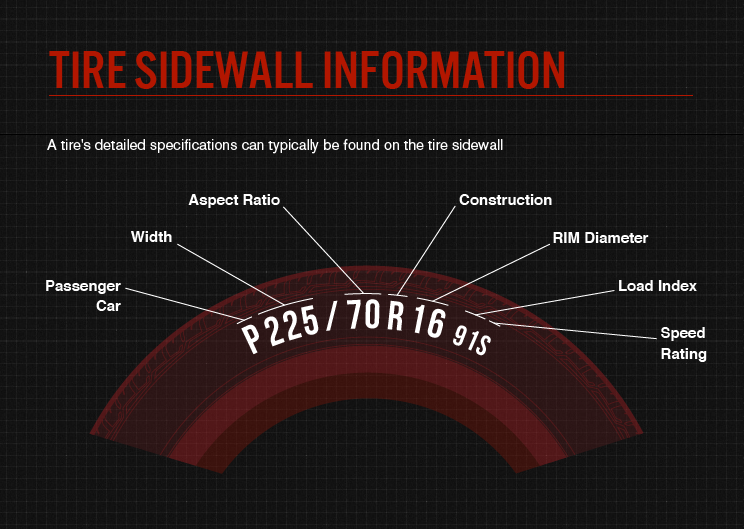
The definition of tire speed index can be given simply - it is the maximum speed that the tire can withstand. Another thing is what is meant by the term "withstand". Of course, first of all, these are clear conditions for use:
Under comparable conditions of use, the speed index is a kind of manufacturer's guarantee that at the declared maximum speed the tire will retain its physical and mechanical properties and will not collapse.
The tire speed index when marking is indicated by one of the letters of the Latin alphabet, which immediately follows the load index. To decrypt it, they usually also use a table.
| Speed index | Permissible speed, km/h | Speed index | Permissible speed, km/h |
| A1 | 5 | K | 110 |
| A2 | 10 | L | 120 |
| A3 | 15 | M | 130 |
| A4 | 20 | N | 140 |
| A5 | 25 | P | 150 |
| A6 | 30 | Q | 160 |
| A7 | 35 | R | 170 |
| A8 | 40 | S | 180 |
| B | 50 | T | 190 |
| C | 60 | U | 200 |
| D | 65 | H | 210 |
| E | 70 | V | 240 |
| F | 80 | W | 270 |
| G | 90 | Y | 300 |
| J | 100 | ZR | over 240 |
It is easy to remember the table: the letters are arranged alphabetically, with the exception of one - H (corresponding to the speed index of 210 km / h).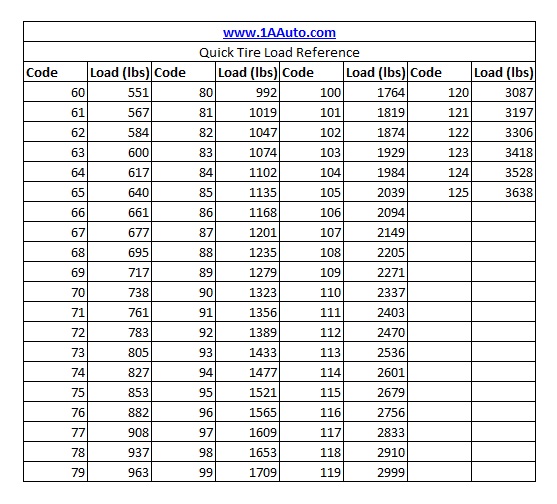
Sometimes (rarely enough lately) you can find tires with no speed index marking. As a rule, these are tires for sports cars, designed for specific models (sometimes for individual cars), which are not put on production cars.
The relationship between load and speed indexes is taken into account by manufacturers: tires with different speed tolerances are produced for the same maximum load value.
Qualitatively, this connection is clear: the higher the maximum permissible speed, the greater the load the tire must withstand, because with an increase in speed, dynamic loads on the tire increase sharply, for example, when a wheel hits a hole or pothole. Simply put, with improperly selected characteristics, the tire in such a situation can break.
For speed indexes in the range Q to T, the load limit can be reached at the speed limit. But for high-speed cars, a certain margin is needed.
If the speed index V of a tire is 240 km/h, then the calculated load index of such a tire must correspond to a maximum speed of up to 210 km/h.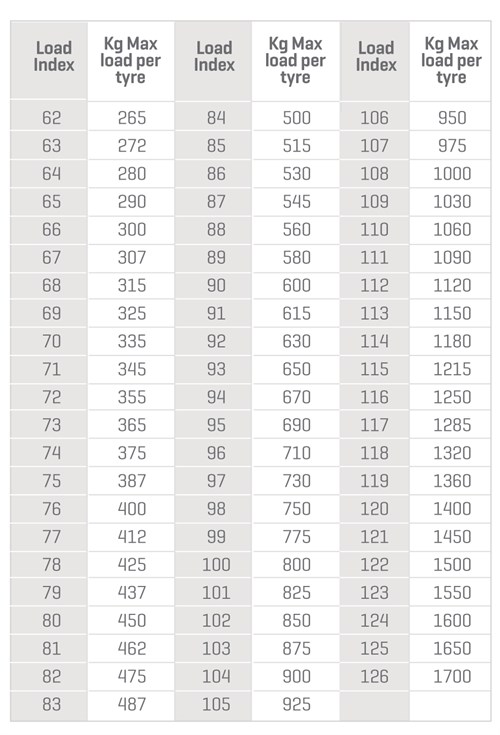 And when driving at a higher speed, the planned load should be reduced even more.
And when driving at a higher speed, the planned load should be reduced even more.
The calculation algorithm is as follows: an increase in speed every 10 km / h entails a decrease in load by 3%. For even faster cars (W - 270 km / h), the rule is tightened: load reduction by 5% every 10 km / h from 240 km / h.
When choosing tires based on the speed index, the manufacturer's recommendations, the time of year and the driver's driving style should be taken into account. And if it is not possible to purchase tires in accordance with the instructions of the manufacturers, you should choose tires with a higher (but not lower) speed index than recommended.
Behind the formal numbers of tire speed and load indexes and dry manufacturer's recommendations is a lot of engineering work of designers and testers. The assignment of each tire model to a certain category occurs not only (and even not so much) by calculation methods, but also on the basis of data from bench, field and field tests of rubber.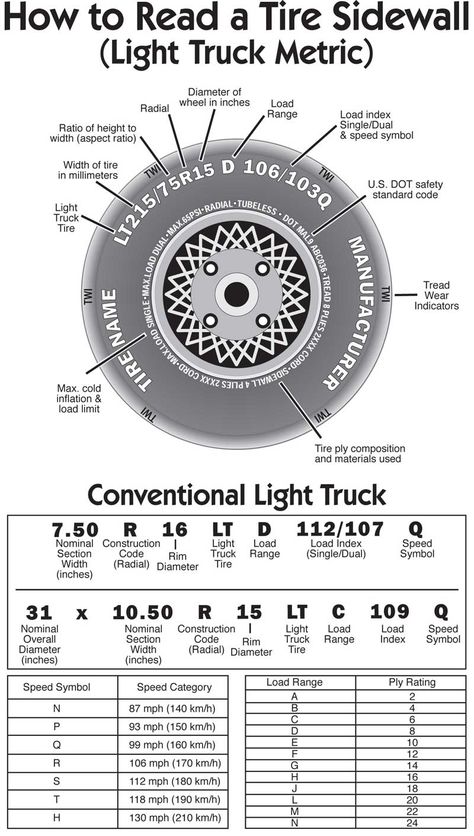
A classic example in this respect is the world-famous Nokian, where the tires first pass the bench test cycle . The scheme of the test bench has been known for a long time: the tested tire rotates a massive drum, against which it is pressed with a certain force. Here, strict adherence to test regimes and constant monitoring of the state of the test object are important.
Second stage - field tests : the car on which the test samples are installed is controlled by a robot and moves along a closed trajectory. At this stage, the testers also have the opportunity to constantly monitor the parameters of the tested tires.
Finally, the third stage - full-scale tests of tires in operation, both by test drivers of the company itself and by independent experts (usually taxi drivers). During full-scale tests, it is not possible to constantly monitor the parameters of the state of rubber, but the value of the final result is higher than at the previous stages - these are, after all, the data of actual operation.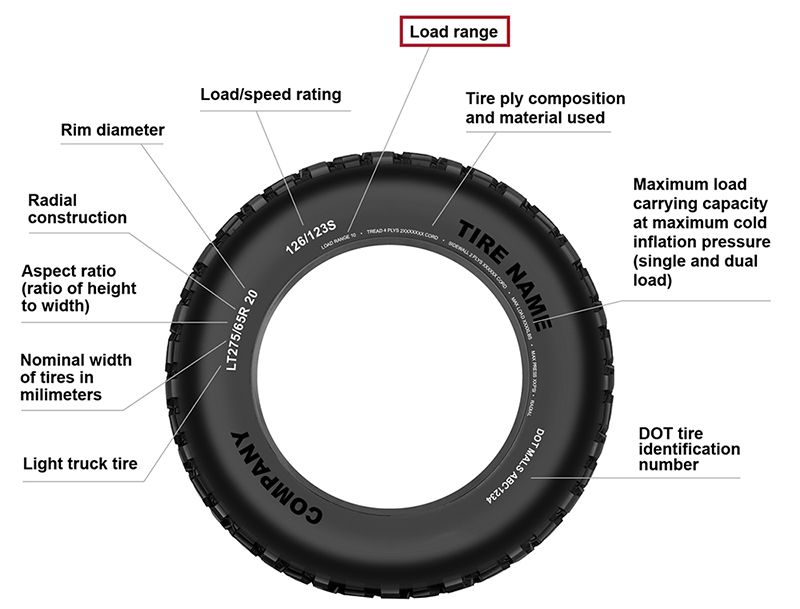
In the same Nokian, for example, they are very demanding on the quality of their products - even if a tire withstands speeds of over 300 km / h during bench tests, it is far from certain that it will be assigned a high-speed tire index and, quite possibly, everything will be limited index T.
It would seem that calculating the maximum load on the wheel and using it to select a tire with the corresponding speed index for a given model is not the most difficult task.
Indeed, many car enthusiasts divide the total weight of the car (a fully fueled car with the maximum number of passengers and the maximum allowed cargo) by 4 and get the maximum load on the wheel.
In fact, such a calculation cannot be recognized as correct for several reasons:
